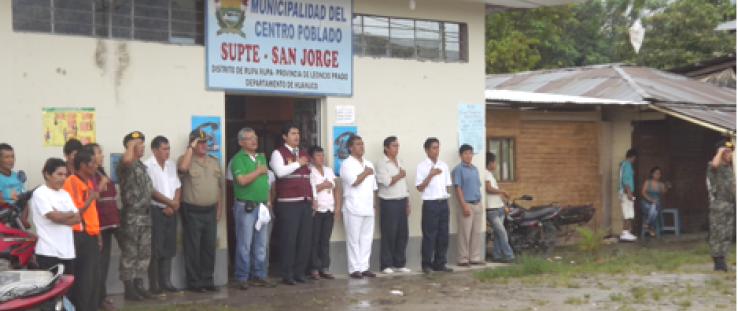 Event organizers participate in the opening ceremony initiating the two-day ‘caravana’ held in Padre Abad province, March 23-24, 2013.
Photo courtesy U.S. Special Operations South
Event organizers participate in the opening ceremony initiating the two-day ‘caravana’ held in Padre Abad province, March 23-24, 2013.
Photo courtesy U.S. Special Operations South
 Event organizers participate in the opening ceremony initiating the two-day ‘caravana’ held in Padre Abad province, March 23-24, 2013.
Photo courtesy U.S. Special Operations South
Event organizers participate in the opening ceremony initiating the two-day ‘caravana’ held in Padre Abad province, March 23-24, 2013.
Photo courtesy U.S. Special Operations South
Peru now leads the world in cocaine production, and produced 290 metric tons of the drug in 2012, according to the White House Office of National Drug Control Policy. To combat this problem, the Government of Peru is proactively implementing an ambitious counter-narcotics strategy helps find alternatives to the drug trade.
Demonstrating its commitment to end illicit coca production with U.S. Government support, Peru eradicated a record 14,171 hectares of coca in 2012 and is on track to eradicate another 22,000 hectares in 2013. Sustainable eradication of illegal coca in Peru is widely held to hinge on the introduction of alternative income-generating activities, enhanced state presence in forms like education and health services, and law enforcement. In one region—San Martín—a sustained effort by Peru and the United States—including USAID and the Departments of Defense, State, and Homeland Security—has doubled Peru’s production of cocoa, virtually eliminating coca from the region.
For almost two decades, USAID has been collaborating closely with Peru to implement alternative development (AD) activities following eradication, helping families move away from drug production and laying the foundation for a stable society based on a licit economy. AD assists former coca-growing communities by planting new crops such as cacao, coffee and oil palm trees, increasing farmers’ access to financial services, and strengthening market access.
In the regions of San Martín, Huánuco and Ucayali where AD is focused, over 47,000 hectares of eradicated illicit coca were replanted with cacao, coffee, oil palm and other crops from 2008-2012, and the poverty rate in these areas decreased by 3.6 percent, 16.6 percent and 19.3 percent, respectively. Increased farmer access to financial services through USAID’s Development Credit Authority, marketing assistance, and enhanced public services such as education and health have transformed towns.
As eradication teams cover more ground than ever before, Peru and USAID face the enormous task of ramping up AD interventions into challenging new areas where transnational criminal organizations and narcotics traffickers, as well as terrorist groups such as the Shining Path, have historically derived their economic strength. Providing immediate assistance to families after their coca crops are eradicated is a persistent logistical challenge as these regions are typically remote, lacking most basic services, and security is a concern.
The timeliness of post-eradication assistance is very important as communities weigh the decision to abandon coca permanently or to replant. The logistical and planning capabilities of the Department of Defense were a welcome and much-needed addition to ongoing support for Peruvian counter-narcotics efforts that were stretching USAID’s limited resources.
Since 2006, USAID and Peru have organized “Caravans for Development” to bring much-needed public services to areas that had suffered under the domination of narcotics traffickers. These caravans are usually one- to two-day community fairs, with pop-up booths, demonstrations and events organized by USAID and local government and community partners that bring people together to share in the virtues and benefits of a licit lifestyle. During a caravan, community members can see a doctor, get a haircut, and connect to important Peruvian programs like school nutrition, scholarships, and publicly funded pension programs.
In addition, Peruvians can register for national identification cards, which are needed to enter the formal economy and undertake vital activities, including getting land titles, opening bank accounts, applying for loans, receiving government services, voting, and even buying cell phones. For many, the caravans are the first positive interaction they have ever had with public officials, including the Peruvian National Police and Army. It is an important first step towards feeling included in mainstream Peruvian society.
Caravans Get a Boost
With U.S. military support—through a Military Advisory and Assistance Group, the in-country advisory group Civil Military Support Element (CMSE), and the Humanitarian Assistance Program—recent caravans have been even more successful. These new caravans have reached post-eradication communities faster than ever before. CMSE teams facilitated the participation of the Peruvian military and financed small community projects such as building low-cost health and education infrastructure. By bringing in local military leaders, CMSE teams have increased the overall Government of Peru presence in previously ungoverned areas and fostered cooperation with civilian counterparts.
The first joint military-civilian caravan took place in April 2012, in the Upper Huallaga Valley, an area where narco-trafficking and criminal activity was once highly concentrated. Along with community service activities, USAID and the CMSE teams facilitated the donation of needed medicine to health units in 10 former coca-growing communities, which benefited more than 800 people.
The second caravan, in October 2012, involved 20 additional communities and more than 1,500 people participated in the activities. USAID, CMSE, the Peruvian military, DEVIDA (the Peruvian counter-narcotics agency), and the national police again delivered vital medicine and services. They also held a soccer tournament with local youth.
After the success of the first two joint caravans, CMSE and USAID consolidated lessons learned and organized three more caravans, expanding into new areas. The success of these joint efforts lies in not only reaching across Government of Peru entities to foster Peruvian civilian and military collaboration in support of AD activities, but also in projecting a positive image of order and control in newly eradicated areas.
The caravans help build trust in the Peruvian Government as a provider of stability and vital services in areas that have only seen coca production and criminal activity. This trust is essential to communities whose coca crops have been recently eradicated so that they are confident that their inclusion in social programs and the promise of support for the planting of new licit crops will provide sustainable and profitable livelihoods for their families.
In fact, the collaboration was seen as so successful that Lt. Col. Steve Lewis, Special Operations Command-South Civil Affairs chief called it “a model for other CMSEs to emulate.”
USAID and the Civil Military Support Element continue to work together and are planning several more caravans following Government of Peru-led coca eradication over the next three years.







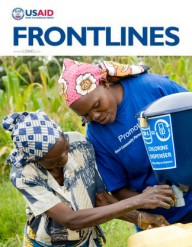

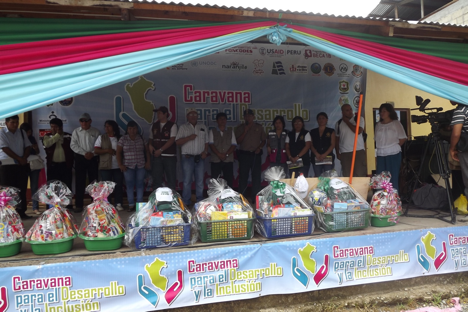
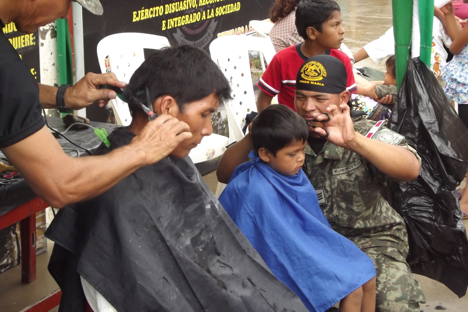

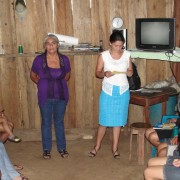
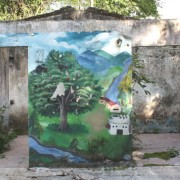
Comment
Make a general inquiry or suggest an improvement.